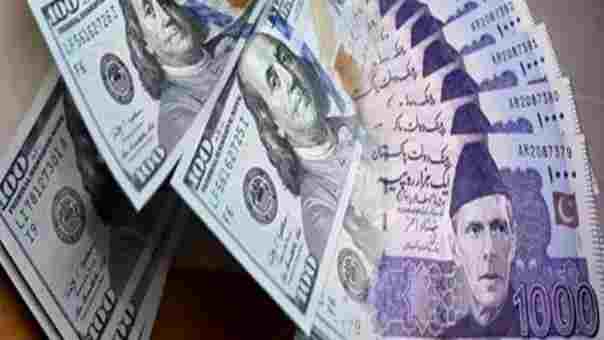Karachi, July 23, 2025 – The Pakistani rupee continued its upward trajectory on Wednesday, recording a notable gain against the US dollar in the interbank foreign exchange market.
At the day’s close, the rupee appreciated by 21 paisas, settling at PKR 284.76 compared to the previous closing of PKR 284.97.
Currency analysts attributed this gain to a combination of robust interbank demand management, timely export receipts, and a continued surge in workers’ remittances. These factors have bolstered foreign currency inflows, which have in turn supported the rupee’s strength in the interbank market.
Experts believe that the positive sentiment in the currency market has been further reinforced by the recent report from the State Bank of Pakistan (SBP), which highlighted a modest yet encouraging increase in the central bank’s reserves. While the country’s total foreign exchange reserves declined to $19.957 billion as of July 11, 2025 (down from $20.029 billion the week earlier), the SBP’s own reserves showed an upward movement, climbing by $24 million to reach $14.526 billion. This uptick in official reserves has injected confidence among market participants and helped stabilize the rupee.
Another key pillar supporting the local currency has been the record inflow of remittances. In fiscal year 2024–25, remittance inflows rose to a historic $38.3 billion, marking a substantial 26.6% year-on-year increase. This consistent flow of foreign currency has significantly eased pressure on the external account, enabling the SBP to manage the interbank market more effectively and support the rupee.
In addition, the recent narrowing of Pakistan’s trade deficit has also played a pivotal role in improving the currency outlook. According to the Pakistan Bureau of Statistics (PBS), the trade deficit narrowed by 9.47% in June 2025, reflecting improved export performance and restrained imports.
Market observers note that the future trajectory of the rupee will largely depend on sustained inflows, prudent borrowing, and continuity in macroeconomic policy. With cautious optimism, the interbank market continues to show resilience in the face of external challenges.
